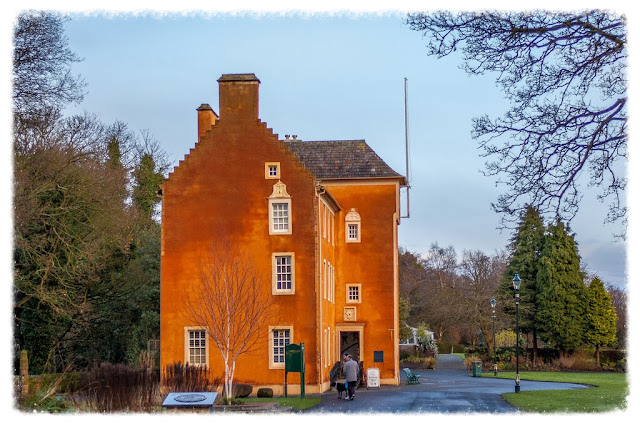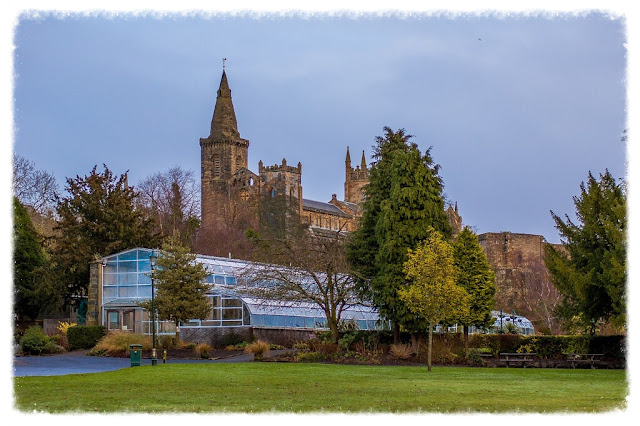Dunfermline is the largest town in Fife; situated in the west of the region. It also used to serve as Scotland's capital city, a job now held by its close neighbour, Edinburgh. Dunfermline is the birthplace of world famous philanthropist, Andrew Carnegie, who emigrated to the US from the town in 1848.
The Carnegie Library, which bears his name, was built in Dunfermline after he gifted them $40,000 and returned to the town in 1881 to watch his mother lay the foundation stone. Unfortunately, the Library closed in 2014 when building works commenced on a new Dunfermline Art Gallery and Museum, which is scheduled to open in 2016.
If you're on a budget and have some time to spare, these are just a few of the great free attractions Dunfermline has to offer:
Pittencrieff Park: Pittencrieff is a public park that was purchased by Andrew Carnegie and then gifted to the people of Dunfermline. What a thoroughly lovely bloke. It was tons of open space with many trails where I spent a happy hour wandering around, trying to convince a grey squirrel that he should come over and chat for a while. When he refused and ran away, I decided to expend my energy in a more productive manner and walk down to the bottom of the park where I could look out across the Forth Road and Rail Bridges. Once you've exhausted yourself wandering, running, or squirrel chasing, there is a free exhibition entitled 'Magic of the Glen' on display in Pittencrieff House, which is within the park grounds. In the Lower Glen area of the park, you can also see the ruins of Dunfermline Palace. On the East side of the park, and just outside the boundary, is Dunfermline Abbey and final resting place of Robert the Bruce. Please note that, although great to look at and get some shots of, the Abbey itself has an entrance fee.
The park is well known for the peacocks that live there and the Cafe located within the park's Glen Pavilion is aptly named after them.
Abbot House: Located in the Heritage Quarter, Abbot House can be immediately recognised by its pink exterior. The House has been standing on the site since the 15th Century and contains a fantastic museum, telling the story of Dunfermline's textiles industry as well as an alarming array of skeletons that have been dug up in its grounds over the years. In addition to bones, a very impressive 16th Century fresco, and a painted ceiling on the top floor that shouldn't be missed, Abbot House also boasts the Garden Cafe and Brew House. The brew house produces a range of beers, including a gluten free range and a limited edition Haggis and Neeps bottle. Trying that particular offering will take someone braver than me.
St Margaret's Cave: This isn't the easiest attraction to locate, due to its location and lack of signage. However, the mystery adds to the overall experience. This is not a visit for less mobile visitors, as it's accessed down a steep flight of 80+ steps. Once at the bottom, you can enter the tiny alter where Queen Margaret was said to pray and there's plenty of historical information to guide you along the way. It is well worth trying to find and it won't take up too much of your time. After all, it's not every day you get to wander around under a car park in the middle of a town, is it?







No comments:
Post a Comment